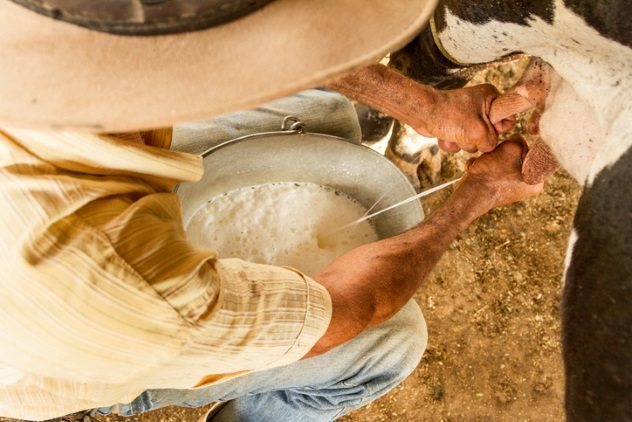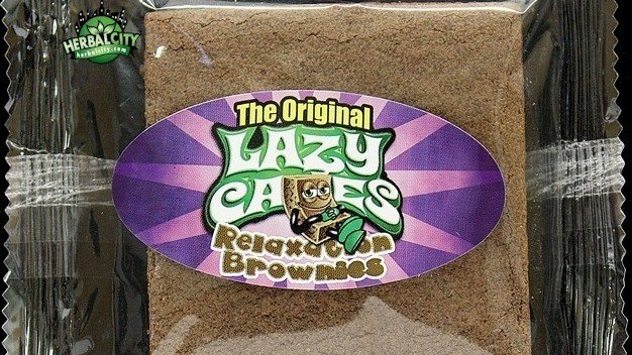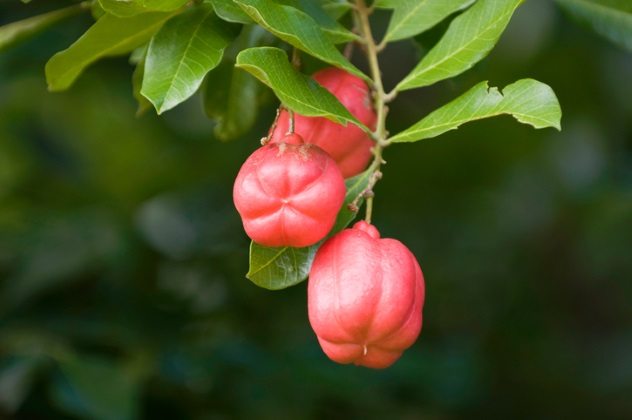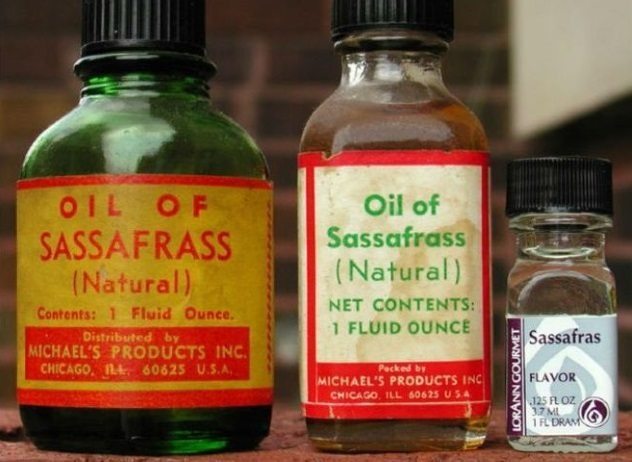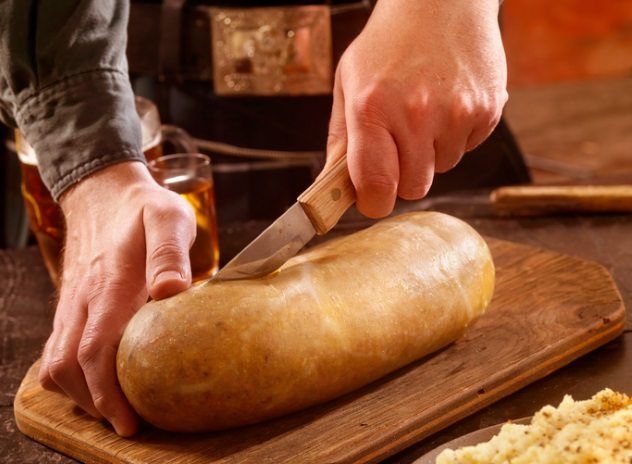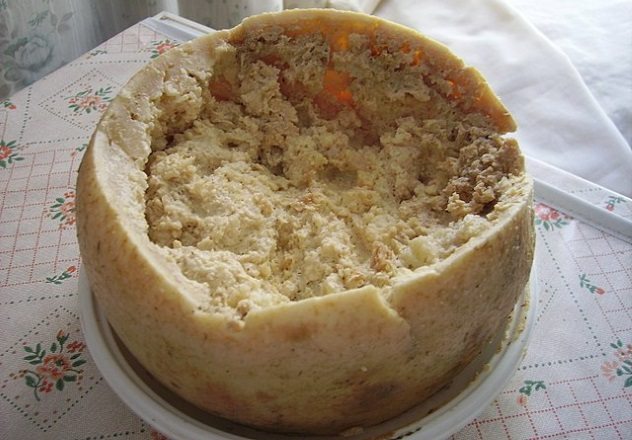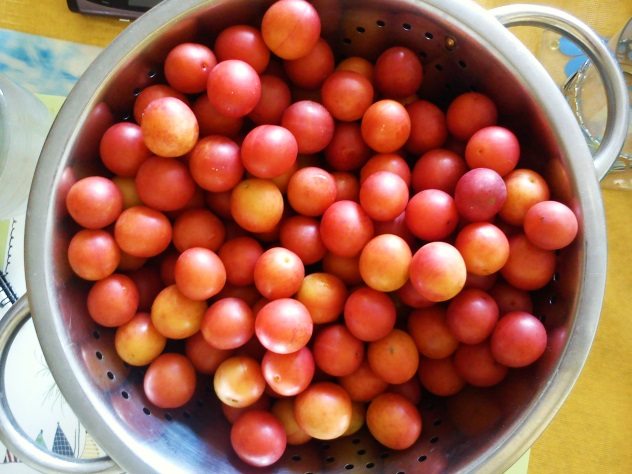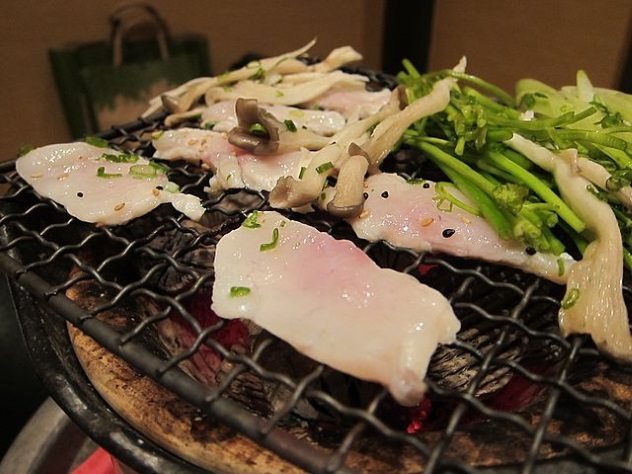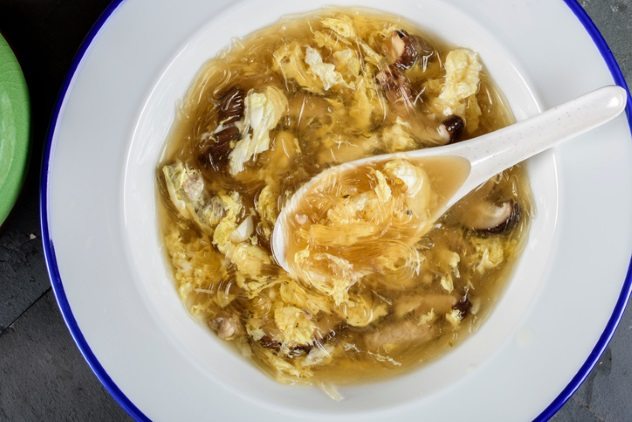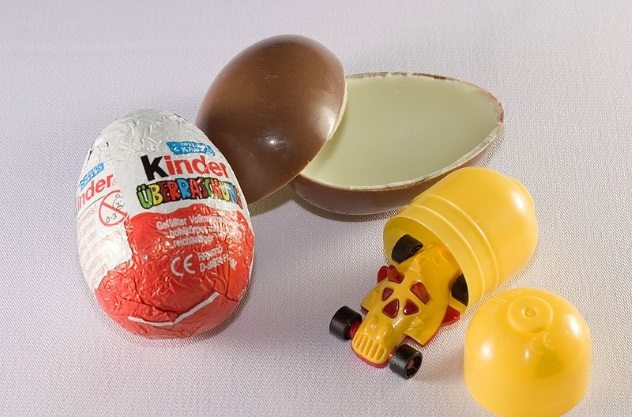SEE ALSO: 10 Ridiculous Myths People Believe About Fast Food Some of the items on this list may actually surprise you, given that you either had them growing up or consider them perfectly fine. These ten foods are considered safe for almost everyone else on the planet. The US government, however, has determined that they aren’t good for Americans.
10 Raw Milk
Remember in school, when you learned that Louis Pasteur figured out how to pasteurize milk, saving millions of lives and making milk safe for everyone to drink? It seems some folks missed school that day because there are people who enjoy drinking raw, unpasteurized milk. Raw milk isn’t necessarily dangerous to consume, but when it is mass-produced on the level the dairy industry puts out milk in the United States, the odds of passing on harmful bacteria increase exponentially if pasteurization is skipped. Unpasteurized milk can carry dangerous bacteria like Salmonella, E. coli, and Listeria. These and other harmful organisms killed in the pasteurization process can be dangerous to the young, people with weakened immune systems, the elderly, and pregnant women. Pasteurization prevents harmful diseases such as listeriosis, typhoid fever, tuberculosis, diphtheria, and brucellosis, so it makes sense to keep raw milk under control. In the US, 20 states and the District of Columbia prohibit the sale of raw milk, while its sale is heavily regulated in all but 13 of the remaining 30 states.[1]
9 Lazy Cakes
When having trouble sleeping, some people may take melatonin. In small doses, it’s a harmless supplement that can help regulate sleep, but it is not generally considered a food ingredient. That’s a problem for the makers of Lazy Larry brownies (formerly called Lazy Cakes), as their principal marketed ingredient is melatonin. The Food and Drug Administration found out about this additive and sent a letter to the company responsible, informing them that their cakes weren’t particularly good for people to . . . well, eat. These cakes are particularly dangerous for children, who might see a delicious brownie and eat it. If a child were to take melatonin, they shouldn’t exceed 0.3 milligrams, but these brownies are packed with 8 milligrams of melatonin. While the nation as a whole hasn’t jumped on the bandwagon and outright banned Lazy Larry brownies just yet, you won’t be able to find them anywhere in Arkansas. The state banned them in 2011.[2]
8 Ackee Fruit
Sometimes, the most dangerous treats are also the most delicious. That is certainly the case for the ackee fruit, which can be found in West Africa and Jamaica but certainly not in the United States. The FDA has completely banned the importation of ackee fruit into the country,[3] and it may have been for a good reason: Ingesting unripe ackee will result in something called Jamaican vomiting sickness (JVS), which is pretty much exactly what you think it is. About two to 12 hours after eating unripe ackee, someone with JVS will begin vomiting uncontrollably, may lose consciousness, and is susceptible to seizures. If this happens while you’re out camping, this little fruit is going to kill you. The reason ackee causes JVS has to do with the presence of hypoglycin, a nonproteinogenic amino acid. It functions by lowering a person’s blood sugar, which leads to an increased use of glucose and ultimately hypoglycemia. There are thousands of people who eat ackee fruit and its products every day without harm thanks to their patience in waiting for the fruit to ripen, but seeing as dozens of people die from eating it every year, the FDA may be on the right track with this ban.
7 Sassafras Oil
Sassafras oil is probably the one product many people have heard of but have never used. That’s certainly true for Americans, seeing as the use of it in commercially mass-produced foods was banned back in 1960. Sassafras is a bit different than other items on this list; you might just have it growing in your backyard. The plant hasn’t been banned, but you aren’t going to find it in your root beer anymore. The reason the oil has been banned in the States stems from the presence of safrole, a constituent in sassafras oil, which has been shown to be carcinogenic, causing cancer in lab animals.[4] There is another problem with safrole in that it is one of the principal ingredients of MDMA, otherwise known as Molly or ecstasy. Because the tree produces a component of the popular party drug, it is becoming threatened and may disappear one day. Despite the dangers posed from ingesting safrole, it is still used in a wide array of products across the planet. Some uses are not banned in the United States, but it is no longer included in foods.
6 Haggis (Imported)
If you have never been to Scotland or eaten their food, odds are you have heard of haggis and want nothing to do with it. Take it from the writer of this article, you are doing yourself a disservice! Haggis is delicious! Unfortunately, you cannot import it into the United States, thanks to a ban placed on the dish in 1971 by the FDA. They made the ban due to the presence of sheep lung, which constitutes less than 15 percent of the total dish. The FDA created the ban, which encompasses all lung meat, due to the potential presence of stomach acid and phlegm.[5] The ban only exists on haggis imported from the United Kingdom, so there is nothing stopping an intrepid eater from getting some homemade haggis in the States. If you aren’t ready to take the haggis challenge just yet, you may want to learn what it is: Haggis is described as a pudding in the way only folks from the UK can call a meat dish a pudding. It consists of a sheep’s heart, liver, and lung meat, which is then minced with various spices, onions, and oats before it is stuffed into a sheep stomach. It sounds disgusting but is arguably delicious, and many people in and out of Scotland enjoy it.
5 Casu Marzu
Most Americans reading this may be scratching their heads wondering what casu marzu is, and there’s a reason for it which you’ve probably already guessed: It’s banned in the United States. The traditional dish from Sardinia is made from sheep milk that contains an ingredient the people at the FDA may have gagged at learning: live insect larvae, more commonly known as maggots. Yes, you read that correctly—when prepared in the traditional way, this dish contains a cheeseload of maggots. Casu Marzu is made by placing a wheel of pecorino cheese outside with a small portion of the rind removed. This allows a fly, Piophila casei, to lay its eggs in the cheese. Seeing as these little buggers can lay up to 500 eggs at a time, there are going to be quite a few maggots inside. As they mature and eat the cheese, the acid in their stomachs breaks down the cheese fat, making the cheese incredibly soft. The chef knows the dish is ready to be served when several thousand maggots are present. It’s up to the person eating the dish whether or not they want to eat the maggots whole or by mashing them into a paste. Many do this, while others flick them aside. While casu marzu is certainly banned in the United States, it is also banned in the EU, making it difficult to find . . . should you want to.[6]
4 Mirabelle Plums
For most of the foods on this list, the United States government banned them for health reasons or environmental concerns. For the mirabelle plum, their reason is quite different, thanks to rules making the fruit protected from importation due to its designation as a “protected origin” food.[7] This designation is the result of an agreement between the French and American governments aimed at helping the French market. As a regional delicacy in France, the country prefers to keep it in-house as a means of attracting tourism. This isn’t unusual for France, which protects a number of regional delicacies, including certain peppers and wines. Because of this agreement, it is nearly impossible to get a mirabelle plum into the United States. If you want one (and you do, they are delicious), you need to travel to the Lorraine region of France. You can even attend a two-week festival in honor of the fruit and its economic importance to the region in the city of Metz. They hold a mirabelle festival every August, when the fruit becomes ripe. They do grow in other countries outside France but should be enjoyed when cultivated from their native soil.
3 Fugu
This food is so dangerous, it nearly killed Homer Simpson! Fugu is the sushi cut from a pufferfish—you know, those cute fish that blow up at the sense of danger. These fish possess within their bodies an incredibly toxic chemical called tetrodotoxin, a type of neurotoxin and one of the deadliest substances in the world. Because of the danger from eating it, the United States slammed the ban hammer down on serving it, but there are a few places you can get it. In order to serve fugu, a special license is required, and in Japan, three years of training are required before a chef can serve the dish. If you ever end up eating fugu but then start to feel a little sick, you might have ingested some of the toxin. Here’s what you have to look forward to: some light dizziness followed by outright exhaustion, headache, and nausea. If you ingested a lethal dose, you will begin to have difficulty breathing and then enter a state of total paralysis in which you are unable to do much but contemplate your poor life choices. When the body is completely paralyzed, your lungs cease to work, and asphyxiation occurs. There is no antidote to tetrodotoxin, but your life can be saved with a stomach pump and the ingestion of more charcoal than anyone would want to eat.[8]
2 Shark Fin Soup (Eight States)
Shark fin soup is a traditional dish found mostly in China and Vietnam, but it has made its way around the world since it originated sometime in the Song dynasty roughly 1,000 years ago. The dish is considered a luxury item and is traditionally served only during special occasions. It is also considerably expensive, costing anywhere between $50 and $100 per serving. You may be picturing a bowl of broth with a shark fin sticking out of the liquid, but it is made using the meat from the fin, which is dried and shredded after the skin is removed. One of the reasons the dish has been so prominent in Chinese culture is due to the belief that it helps prevent cancer, among many other purported benefits. Its use in Chinese medicine has caused the demand for shark fins to skyrocket, which has caused a decline in a number of shark species. The biggest problem occurs when fishermen pull in sharks, slice off the fin, and throw the bleeding fish back in the water to die. In order to help conservation efforts, many nations have written laws and bans protecting various species targeted for the dish. While shark fin soup is banned in only a handful of states, the US has established a law requiring that sharks caught in American waters be documented before a fin can go on sale.[9] By the end of 2017, efforts to completely ban the dish in the United States were underway.
1 Kinder Eggs
Saving the best for last, Kinder Eggs are probably the most ridiculous ban the United States has placed on an imported item. For most of Europe, these candies are ubiquitous and a nostalgic part of most people’s childhood. Kinder Eggs, also called Kinder Surprise, are hollow, egg-shaped chocolates containing a toy. The toy comes in a yellow plastic shell, and it can be just about anything. Whether they are promoting a film or are releasing their own line of toys, these can range from small cars to intricate playsets, unique characters, or just about anything imaginable. Sadly, it’s the toy inside that the US government has set its sights on.[10] Thanks to the Federal Food, Drug, and Cosmetic Act, food items cannot be sold if they contain a nonnutritive object. Since there is very little nutrition in plastic toys, Kinder Eggs fell victim to the ban hammer. In 1997, the Consumer Product Safety Commission reexamined the ban based on some eggs brought illegally into the United States. They determined the presence of small parts in the toys presented a health and safety risk to small children under the age of three. The fine for bringing a Kinder Egg into the United States is a whopping $2,500 per egg. Ferrero, the company that makes Kinder Eggs, was able to create a modified version to market in the US. The new product started showing up in stores at the end of 2017, but they differ considerably from their European counterpart and just aren’t the same. Read More: Twitter Facebook Fiverr JonathanKantor.com
